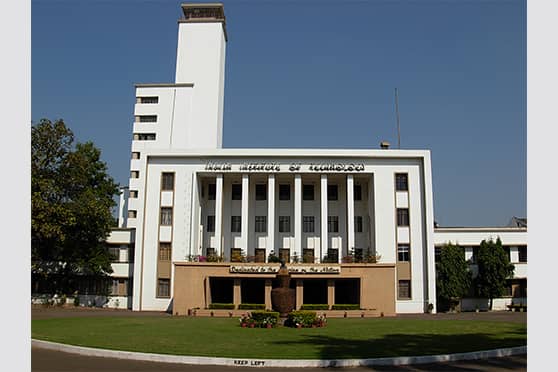IIT Kharagpur, Deccan College Pune use fish secretion to find out sea surface temperature


Researchers from the Indian Institute of Technology (IIT) Kharagpur and Deccan College Post Graduate and Research Institute Pune have developed a new technique that can precisely retrieve data about past seasonal change in sea-surface temperature from calcium carbonate continuously secreted by biological organisms such as fish. The study was funded by the Infosys Foundation.
Instrumental climate record is not available at all place. To know, for instance, how temperature changed on a week to monthly scale during the last several years in the Sunderbans, one can go catch a live fish that recorded the past climate in otoliths, the statement said.
These carbonates are concentrated in fish ear bones known as otoliths. The method can be used in any kind of biological organisms and has vast potential in climate studies, it said.
The key problem in modelling past climate is lack of seasonality data, principally because geological or archaeological records do not provide that kind of resolution.
“We have employed a novel technique where few millimetre-size otoliths are analysed by a carbon-dioxide laser at few micron scale intervals for measuring their oxygen isotopic compositions,” said Anindya Sarkar, lead investigator, Department of Geology and Geophysics, IIT Kharagpur.
“The isotopes of oxygen in these otoliths depend on the temperature of the water in which the fish grew and therefore record continuous snapshots of past temperature during its lifetime of a few years,” Sarkar said.
Arati Deshpande Mukherjee of Deccan College, who collaborated in this research, said: “We are studying the 5,000-year-old fish otoliths from Indus Valley sites to assess how the seasonality through time affected the growth and collapse of this spectacular civilisation.”
The study has been published in Rapid Communications in Mass Spectrometry.